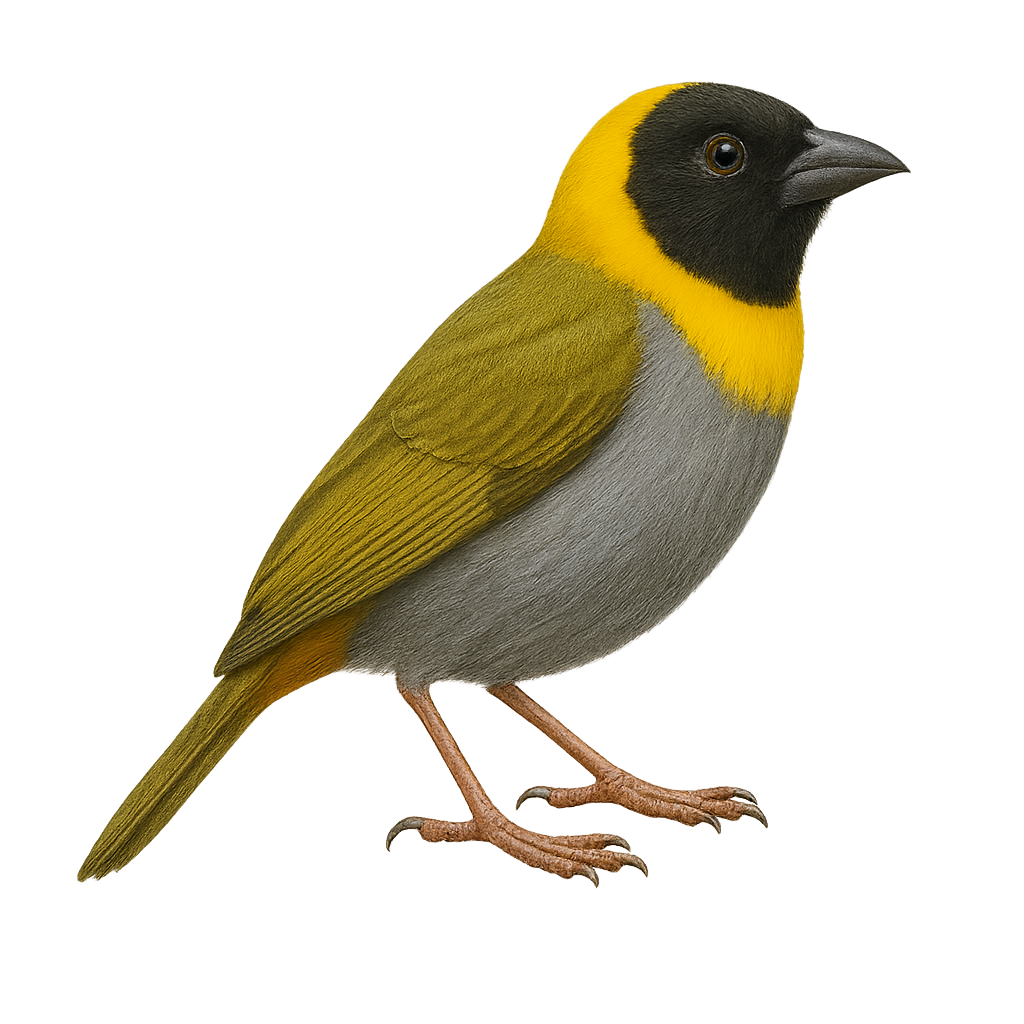Your wildlife photography guide.
Explore the nelicourvi weaver in detail, study its behavior, prepare your shots.
Where to observe and photograph the nelicourvi weaver in the wild
Learn where and when to spot the nelicourvi weaver in the wild, how to identify the species based on distinctive features, and what natural environments it inhabits. The WildlifePhotographer app offers tailored photography tips that reflect the nelicourvi weaver’s behavior, helping you capture better wildlife images. Explore the full species profile for key information including description, habitat, active periods, and approach techniques.
Nelicourvi Weaver
Scientific name: Ploceus nelicourvi

IUCN Status: Least concern
Family: PLOCEIDAE
Group: Birds
Sensitivity to human approach: Suspicious
Minimum approach distance: 10 m
Courtship display: November to December
Incubation: 12-14 jours
Hatchings: November to January
Habitat:
Humid forests, wooded areas, savannas
Activity period :
Primarily active during the day, with peak activity in the morning and late afternoon.
Identification and description:
The Nelicourvi Weaver is an endemic bird of Madagascar, recognizable by its bright yellow plumage and distinctive black patterns on its head and back. It primarily inhabits the island's humid forests and wooded areas. This bird is known for its complex nests, often suspended from tree branches. The male builds the nest to attract a female, and if unsuccessful, he destroys it to build another. The Nelicourvi Weaver is a sociable bird, often seen in small groups. It primarily feeds on insects and seeds. Although its habitat is threatened by deforestation, it is currently classified as "least concern" by the IUCN.
Recommended lens:
400 mm – adjust based on distance, desired framing (portrait or habitat), and approach conditions.
Photography tips:
To photograph the Nelicourvi Weaver, focus on the humid forests of Madagascar where it is most active. Use a 400mm lens or longer to capture precise details of its vibrant plumage. Be patient and discreet, as this bird can be suspicious. The best times to observe it are early morning or late afternoon when the natural light is soft. A tripod can be helpful to stabilize your camera, especially in the low-light conditions of the undergrowth.
The WildlifePhotographer App is coming soon!
Be the first to explore the best nature spots, track rutting seasons, log your observations, and observe more wildlife.
Already 1 431 wildlife lovers subscribed worldwide

